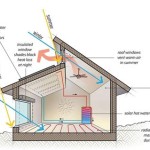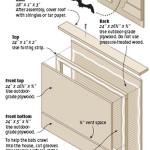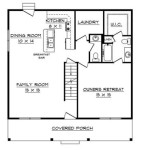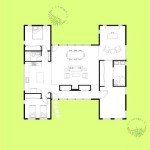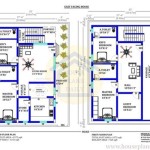How To Craft A House Plan Step By Step: From Blueprint To Reality
Creating a custom house plan is a complex task that requires careful planning and execution. It's like creating a miniature city within a single structure. You'll need to consider the size, shape, layout, and functionality of your house to ensure it meets all of your needs. This article will guide you through the process of crafting a house plan step by step, using blueprints as your roadmap.
1. Define Your Needs and Budget
Before you start to draw out your dream home, you need to know exactly what you need and what you can afford. This includes the size, number of bedrooms and bathrooms, any special features or amenities you desire, and your anticipated budget.
Consider the following:
- Lifestyle: How do you envision using the space? Do you need a home office, a playroom for children, or a guest suite?
- Family size: How many people will be living in the house? Do you need separate bedrooms, bathrooms, or living spaces?
- Lot size and shape: The size and shape of the lot will affect the size and shape of your house.
- Local building codes: Ensure your design complies with local building codes and regulations.
- Budget: Set a realistic budget and stick to it.
Understanding these factors will help you create a house plan that meets your specific needs and preferences.
2. Sketching the Layout: From Concept to Blueprint
Once you have a clear understanding of your needs and budget, you can start sketching out your ideas. Begin with a simple floor plan that outlines the main rooms and their general placement. This helps you visualize the flow of traffic within the house and ensures optimal use of space.
Consider these points:
- Room placement: Strategically position rooms based on their functions and proximity to other areas.
- Circulation: Ensure easy and efficient movement between rooms and traffic flow.
- Natural light: Maximize natural light by incorporating windows and strategically placing doors.
- Open concept vs. closed floor plan: Decide if you want an open floor plan for a more modern and spacious feel, or prefer closed rooms for privacy and separation.
As you sketch, refine your ideas and explore different options until you arrive at a layout that feels both functional and aesthetically pleasing.
3. Detailed Drawings: Elevations, Sections, and Specifications
Once you have a finalized floor plan, it's time to move onto more detailed drawings. This includes elevations, sections, and specifications that outline the construction of the house. Elevations show each facade of the house, providing a front, rear, and side view. Sections are vertical slices through the house, revealing the internal structure, including roof framing, walls, and foundation. Specifications document details like materials, dimensions, and construction methods.
This stage typically involves using computer-aided design (CAD) software, which offers powerful tools for creating precise drawings and managing complex construction details. If you are not comfortable with CAD software, you can hire a professional architect or draftsperson to create your house plan.
4. Collaborate with Professionals: Architects, Engineers, and Contractors
As your house plan progresses, collaboration with professionals becomes crucial. Architects bring their expertise in design, functionality, and building codes to the table. Engineers ensure the structural integrity of your house, particularly when it comes to foundations, roofs, and load-bearing elements. Contractors provide practical insights into construction feasibility, material selection, and cost estimations.
Early collaboration with these professionals allows you to receive valuable feedback, incorporate their expertise into your design, and avoid costly mistakes down the line.
5. Refinement and Optimization: Iterative Process
Creating a house plan is an iterative process. You'll work with your collaborators, continually refining the design and optimizing it for functionality, aesthetics, and budget. The feedback loop between you, your architect, engineer, and contractor will ensure that the final plan balances your vision with practical considerations.
Don't be afraid to make changes and adjustments. The goal is to create a house that meets your exact needs and reflects your unique style. This collaborative process ensures that your dream house translates seamlessly into reality.

3 Ways To Make Blueprints Wikihow

Make Your Own Blueprint How To Draw Floor Plans

How To Draw Blueprints For A House With Pictures Wikihow

Make Your Own Blueprint How To Draw Floor Plans

Floor Plan Design Tutorial Youtube

How To Draw Blueprints For A House With Pictures Wikihow

Create House Plans All In One Roomsketcher

The House Plans Build A Step By

Create House Plans All In One Roomsketcher

Step By Guide To The Home Building Process
Related Posts

